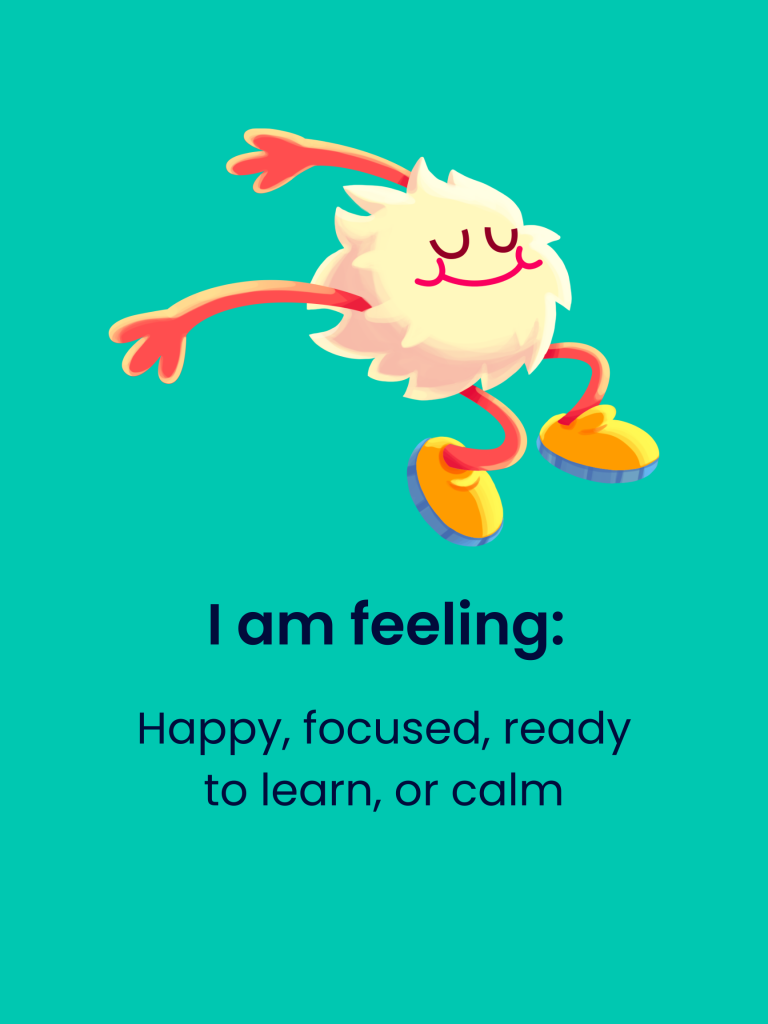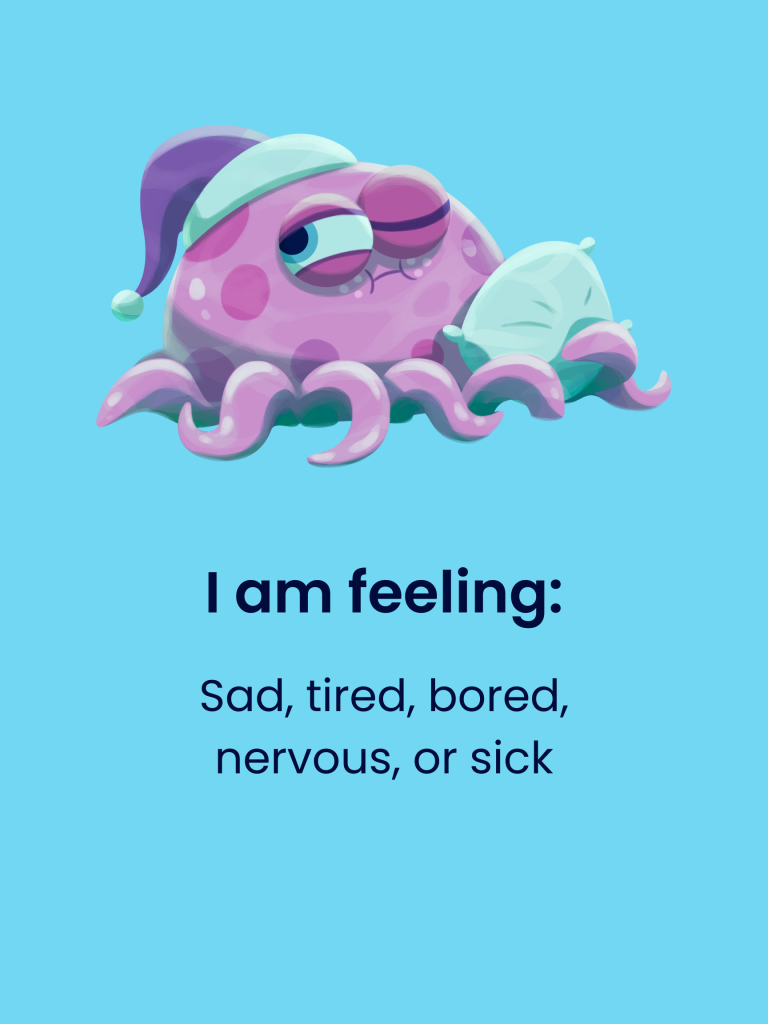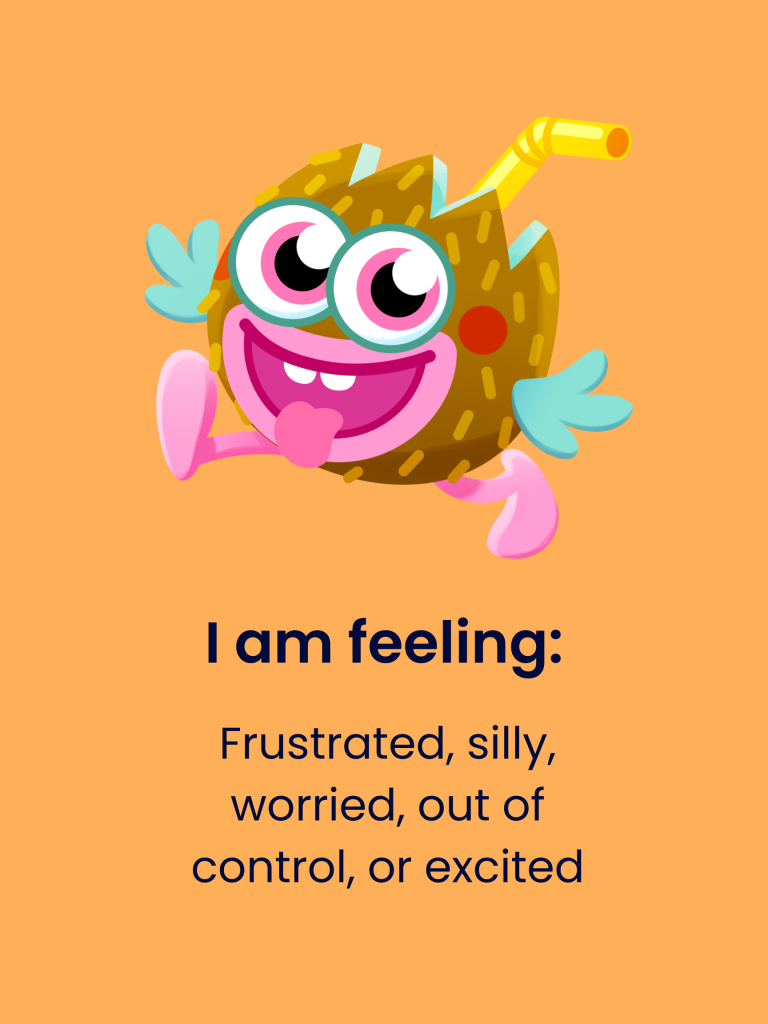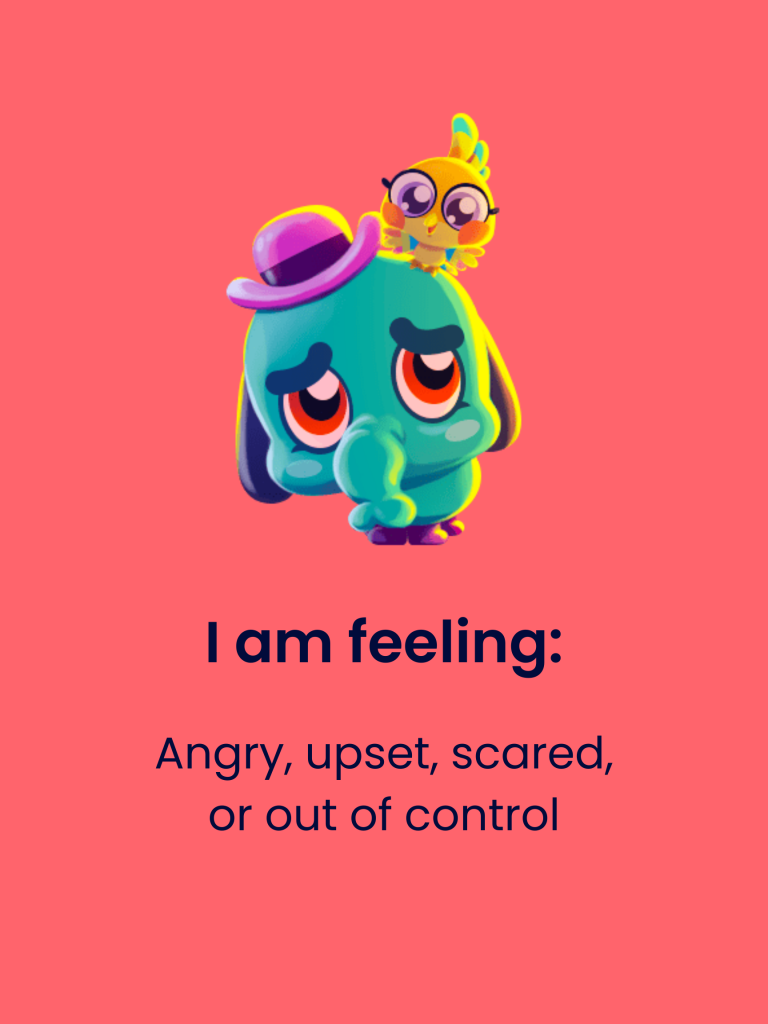
- 8 mins
20 of the Best Mindfulness Activities for Kids in 2022

Life is 10% what happens to us and 90% how we react to it.
Charles Swindoll
Feelings are innate; they make us human and influence our behaviors, choices, and ultimately, outcomes. Our feelings are windows into the thoughts and perspectives we hold toward a situation, a person, or an event. We can have negative thoughts and feel sad, yet choose to act on those thoughts in a different way.
As a mom, at times I find myself telling my four-year-old daughter “Don’t be sad” or “Don’t cry,” only to remind myself that she has the right to feel how she feels about a situation, event, or person. Rather than telling her not to feel this way or that or trying to influence her words or thoughts, I practice supporting her in building awareness of her feelings and why she may be feeling a certain way.
At the beginning of my career as a special education teacher and behavior therapist, I found myself at times managing behavior in the classroom in very much the same way. I would try to brush past or rush a conversation about a student’s feelings because I had to get to the math lesson before lunch or because there was simply not enough time in the day to talk about feelings.
However, with my growing knowledge of applied behavior analysis and mental health as well as my own life experience, I came to feel strongly that talking with a child about their feelings is just as important as knowing how to add and subtract. I felt I needed something to support me that could be easily implemented in the classroom setting, so I could get to all the academia but also support each child socially and emotionally. This is when I found the Zones of Regulation framework and curriculum.
The Zones of Regulation framework and activities support children in managing the feelings they are experiencing in an adaptive and prosocial way and teach scaffolded skills toward developing a metacognitive pathway to build awareness of their feelings and internal state. The Zones of Regulation tools and strategies support self-regulation, prosocial skills, self-care, and overall wellness, as well as mindfulness, sensory integration, thinking strategies, and healthy connection with others.
Children will be able to…
The Zones of Regulation systematic approach to teaching self-regulation makes it easy to implement. The four concrete-colored zones categorize all the different ways we feel and the states of alertness we experience.
Identify. Communicate. Regulate.
It’s important for children to know that having the emotions they are experiencing is okay. But when a child can also identify how they are feeling they can take control, and not only make decisions on how to be with their feelings but also communicate them.
First, children must understand each zone in order to identify the zone they are in. Begin by teaching them how to label their feelings by color code. For example, you can use the visual cards with Moshi characters to teach your child which emotions correspond with which zone color.




Then, teach your child how to communicate what they are feeling using verbal and/or visual prompts, such as “I feel…” or “I feel…because…”.
After communication comes regulation, and Moshi can help with that too! Moshi offers hundreds of stories and meditations that help kids with regulation. Strategies include breathing, grounding, visual imagery, tapping, counting, and body scanning. Listening to this content creates a positive sensory experience to meet a child where they need to be met. Let’s meet our friends that we can always depend on to help us when we are in each of the zones!
By engaging with Moshi, students learn to identify and manage their emotions, along with learning the social implications of their behaviors. Moshi also offers a printable Moshi Mindfulness guide, including visuals, to support students’ development of self-regulation in the classroom and at home.